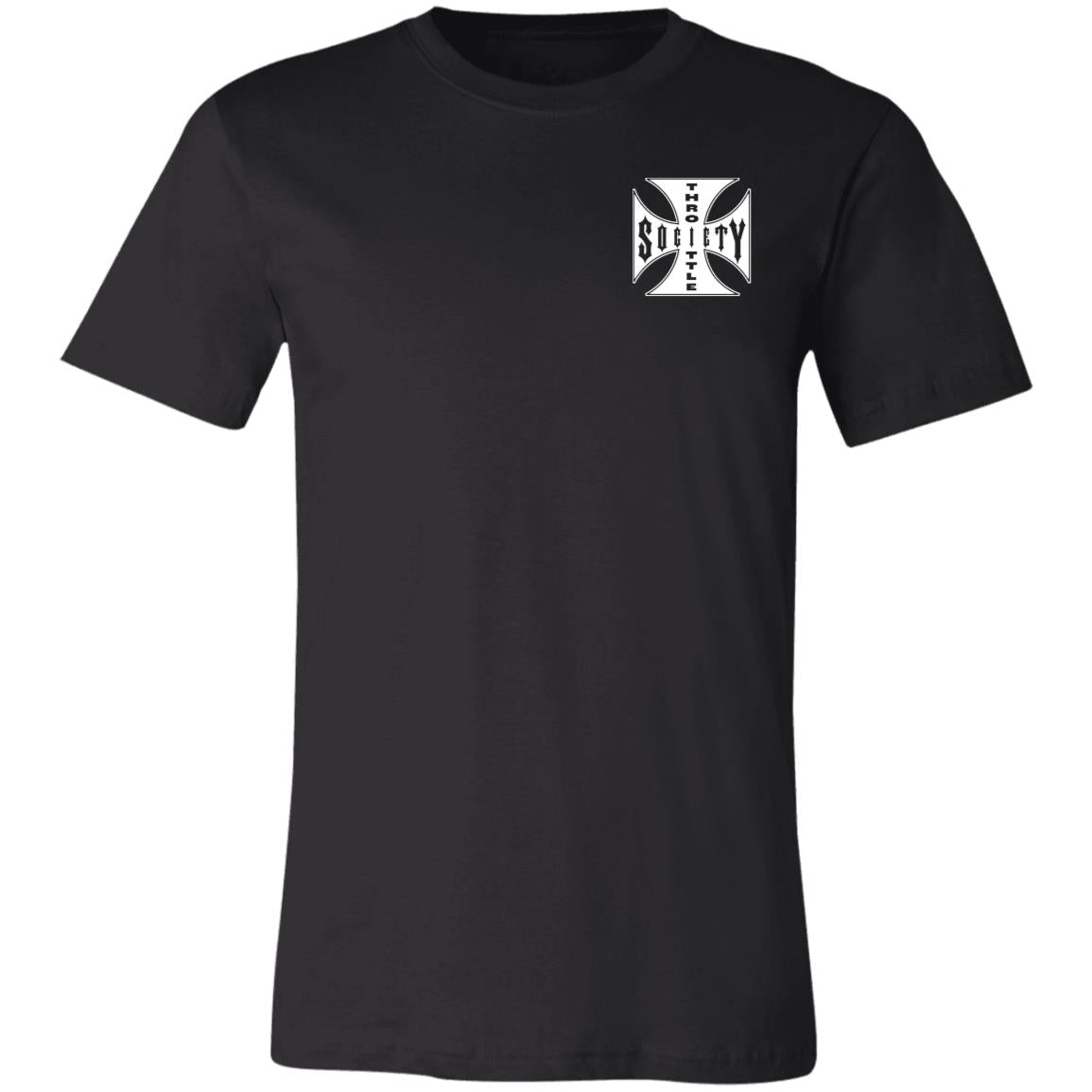At Throttle Society, we’re all about celebrating the power and performance behind everything that revs up, roars, and speeds forward. From the first car engines to modern-day boats and trucks, the throttle has been a key part of what makes these machines come alive. But how did we get here? In this blog post, we’ll dive into the history of the throttle, how it has evolved over the years, and what’s next for the vehicles we love.
The Birth of the Throttle: Early Beginnings
The concept of a throttle – essentially a mechanism used to control the engine's speed – dates back to the late 19th century. In the early days of automobiles, the throttle wasn’t the smooth, electronic system we know today. Instead, it was a hand-operated lever or pedal that controlled the air-fuel mixture going into the engine, allowing the driver to adjust the engine’s power.
The first known use of a throttle-like device came with the 1885 Daimler Reitwagen, the first gas-powered motorcycle. From there, the throttle found its way into early cars, like the Ford Model T. Back then, it was often a hand-operated lever or even a foot pedal, depending on the design.
The Rise of the Gas Pedal: Streamlining Power
As automotive technology advanced, the throttle mechanism evolved, becoming more user-friendly. By the 1920s, the gas pedal as we know it today began to emerge. Instead of manually adjusting the engine's air-fuel mixture, drivers could simply press a pedal to control the flow of fuel to the engine. This innovation made it easier to control speed, and the traditional foot throttle became a standard feature across vehicles.
Around the same time, throttle systems began to shift toward more mechanical linkages. This led to smoother acceleration and better control, paving the way for the powerful engines and vehicles we drive today.
Electronic Throttles: The Next Step in Performance
Fast forward to the 1980s, and we see a dramatic shift in how throttles work. Instead of mechanical cables, many vehicles began adopting drive-by-wire systems, where the throttle control is no longer directly linked to the engine via a physical cable. Instead, an electronic signal is sent from the pedal to the engine control unit (ECU), which adjusts the throttle position accordingly.
This evolution marked a major leap in automotive technology, allowing for more precise control over engine performance. It also made room for additional features, such as cruise control, traction control, and more efficient fuel management.
The Throttle in Boats: From Manual to Modern
While cars have always been the primary focus for throttle evolution, boats have their own unique throttle history. Early boats required manual throttles, often in the form of hand-cranked levers that controlled the engine speed. Over time, throttle systems in boats evolved similarly to those in cars, with modern boats often using electronic throttles or even joystick-based controls for smoother and more responsive handling.
Today, high-performance boats, especially in racing and recreational use, feature sophisticated electronic throttles that not only control speed but also integrate with other boat systems, ensuring optimal fuel efficiency, performance, and safety.
The Future of Throttle Technology: What's Next?
As we look to the future, the throttle is continuing to evolve with new technologies. With the rise of electric vehicles (EVs) and hybrid systems, throttles are no longer strictly mechanical or even traditional electronic systems. Many modern EVs use software-driven throttle responses, which offer even more customization and adaptability to different driving conditions.
In boats, too, innovation is at the forefront. The latest luxury yachts and performance boats feature joystick controls, allowing for effortless throttle and rudder control with just the touch of a button. Autonomous vessels are also starting to appear, relying on advanced sensor technology and AI to manage throttle and propulsion systems without direct human input.
Why Does the Throttle Matter?
The evolution of the throttle is more than just a tale of technological advancement. It’s about the relationship between man and machine. The throttle allows us to control the power and performance of our vehicles, whether we’re tearing up the road in a muscle car, carving through the waves on a boat, or simply cruising in a truck.
As throttle technology continues to evolve, so too does our connection with the vehicles we love. And at Throttle Society, we’ll be here to keep you updated on all things throttle-related, from classic gear to the latest innovations in automotive and boating technology.
Conclusion: The Throttle’s Journey Continues
From its humble beginnings as a hand-operated lever to the modern electronic systems in today’s high-performance vehicles, the throttle has undergone a fascinating evolution. As technology continues to advance, we can only imagine what the next generation of throttle systems will bring – whether it’s in cars, trucks, boats, or even electric vehicles.
At Throttle Society, we’re passionate about all things throttle, and we can’t wait to see where the ride takes us next. So buckle up, and stay tuned for more exciting developments in the world of performance, power, and innovation.













